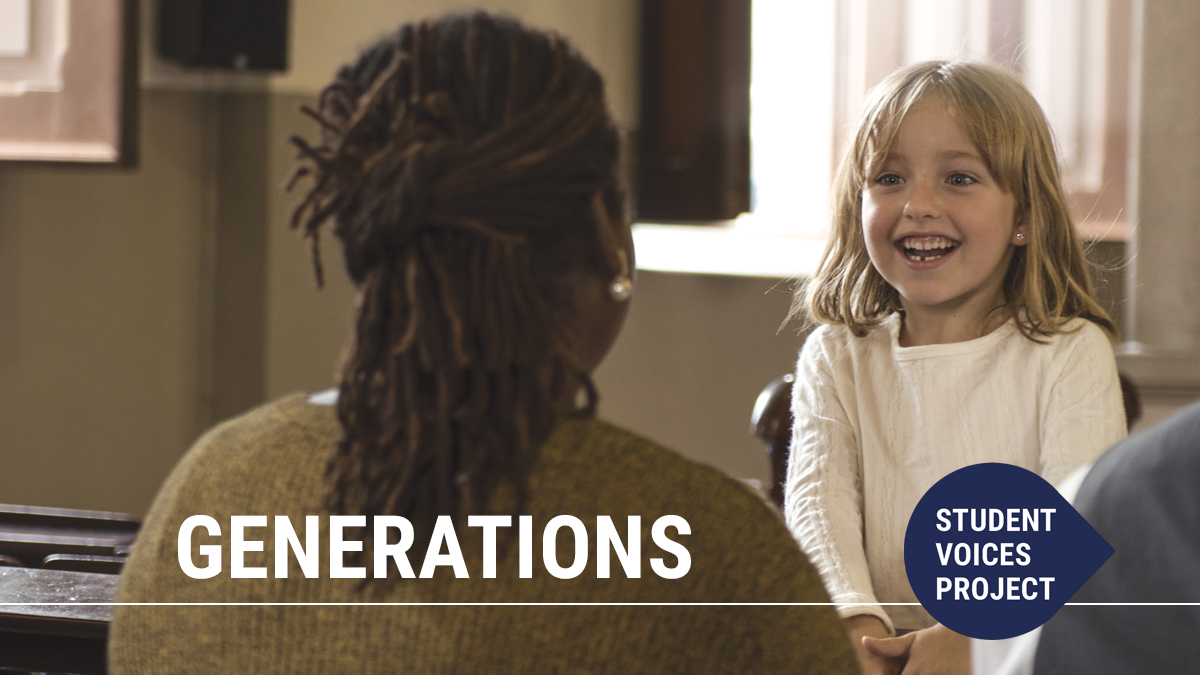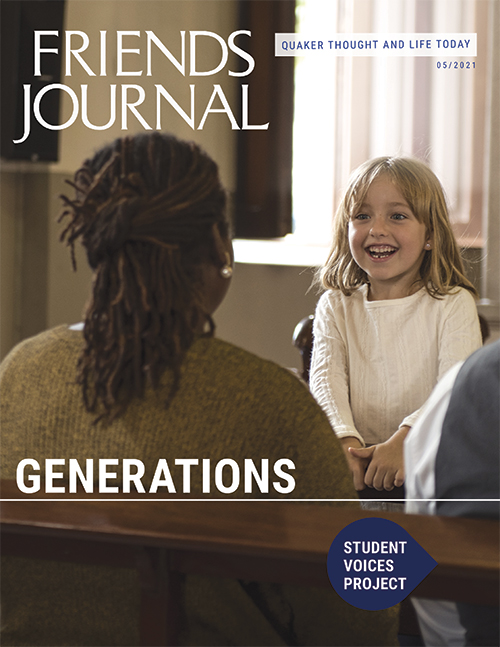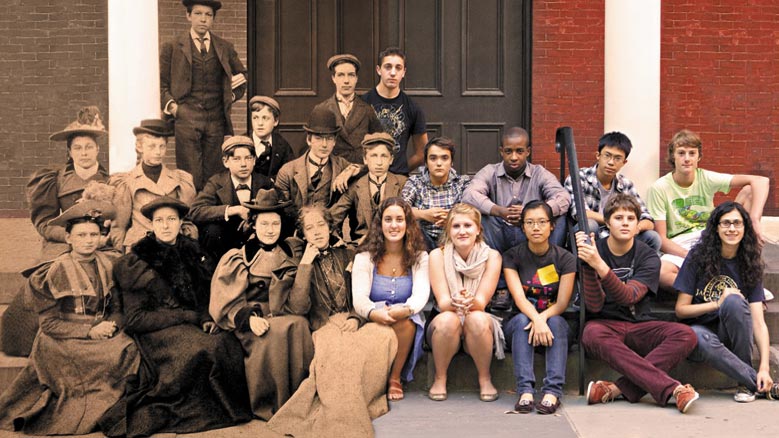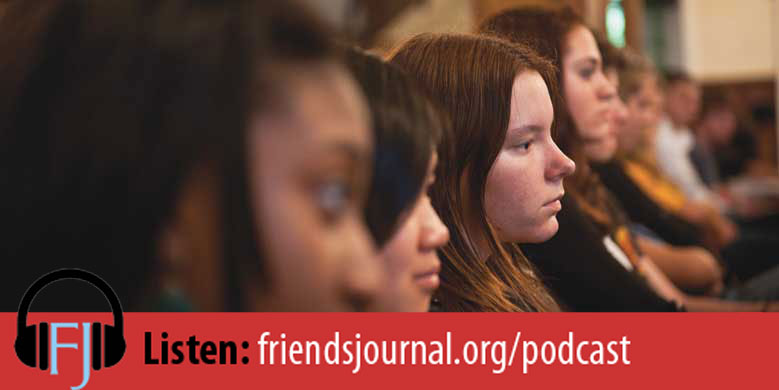Early on in the pandemic, when we were still processing and trying to adapt to the extreme changes to daily life, juggling inconsistent work-from-home schedules with indefinitely closed schools and daycares, and wondering just how long this new reality could possibly last, my then two-year-old was starting to realize something was up. His world had shrunk quickly to just Mom and Dad and whatever engagement could be found within the four walls of our house. One day, after staying home yet again and missing his friends, he looked at us and simply stated the obvious: “There’s nothing to do.” Not even a month into lockdown, we’d run out of ideas. Things weren’t looking good. Fast forward to today: we made it “through,” somehow, while also still being in it. As this issue goes to press, vaccines are here; schools are reopening; people are still dying from COVID-19; the police officer who killed George Floyd is on trial; and Daunte Wright and Adam Toledo are dead, also at the hands of police. My feelings are a mix of deep gratitude, concern, grief, and anger.
How do we move forward, as individuals and collectively, in this new world shaped by a deadly pandemic, significant economic consequences, exacerbated social inequalities, worsening climate change, and ongoing racial injustice? For the eighth annual Student Voices Project, we asked Quaker-affiliated students: what can we learn from all of this?
The Quaker belief in continuing revelation maintains that God’s truth continues to be revealed to us every day—if only we’re paying attention, waiting expectantly to see it. The stories shared by this year’s honorees are an evolving truth of where we’ve been and where we’re headed. 2020 was hard, but it wasn’t all bad. In particular the crucial role of family relationships during this time was frequently highlighted: despite moments of annoyance and frustration while stuck in lockdown, teenagers expressed warm gratitude for their parents, siblings, and grandparents. New hobbies were explored and nurtured, from cooking and baking to gardening and hiking. Connections to faith communities were redefined and often strengthened. Following his cooler-than-expected virtual bar mitzvah, seventh-grader Chance Biehn observed this truth: “all the churches, meetinghouses, and temples are not just places—they’re people coming together.”
This issue also explores the connections between generations. Friends have a rich tradition of eldering: the wisdom and experiences of both older and younger members can be lifted up and shared for the benefit of all. We present three perspectives on this theme starting on page 20, including the importance of intergenerational storytelling, how a thriving young Friends program is made, and what we can learn from the woman who mentored a young George Fox.
Readers may notice a fresh, new look for the print Journal this month. Our talented longtime designer, Alla Podolsky, led our staff and board in a thoughtful redesign process to give our 65-year-old publication an updated aesthetic, while also maintaining its distinct feel as a medium for Quaker thought and life today. We aimed for improved readability and accessibility coupled with clean typography and beautiful visuals. Let us know what you think!






Comments on Friendsjournal.org may be used in the Forum of the print magazine and may be edited for length and clarity.